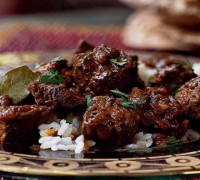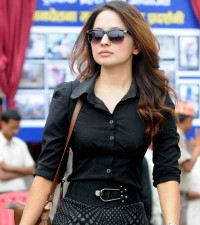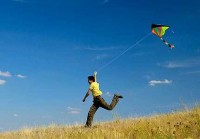Sheshnarayan Temple
Situated near the medieval town of Pharping under a cliff face is the sacred shrine of Sheshnarayan temple sharing its boundary with the Rigzin Drubte Ghatshal monastery, the oldest monastery in Pharping. The presence of these two sacred sites at the same place explains the religious tolerance prevalent in Nepal since the start of the civilization. There lay a cluster of stalactites resembling a cow’s udder directly above the Sheshnarayan temple, from where, it is said that milk used to flow down onto the temple once. The same cliff also has a naturally embossed image of a serpent.
There are five small ponds below the temple with the largest light blue pool with the clearest water in the valley being called Basuki Kunda. The pond floor consists of piles of slender wooden poles which as a result of a rite observed during an annual festival that has been celebrated by the locals for ages now. According to the local legend, the spring was created when the priest who used to look after the temple became too frail to be able to fetch water from the Bagmati River to perform the daily rituals. However, the volume and current of the water flowing from the spring was so great that the priest could not cross it over to the temple. Then, a pair of nagas came to his rescue and stretched themselves across the water to form a bridge. Every year, the locals throw poles into the pond in tribute to that altruistic serpent couple but only the tree that are forked at the base (symbolizing the union of the husband and wife) are used for the ceremony. The water from the Basuki pond flows into the other four kundas or ponds named Gosaink, Bhairav, Surya and Saraswoti.
This Sheshnarayan temple is one of the four Narayan (Char Narayan) temples in the valley among which three others are Icchangu Narayan, Bishanku Narayan and Changu Narayan located at four different corners of Kathmandu.







